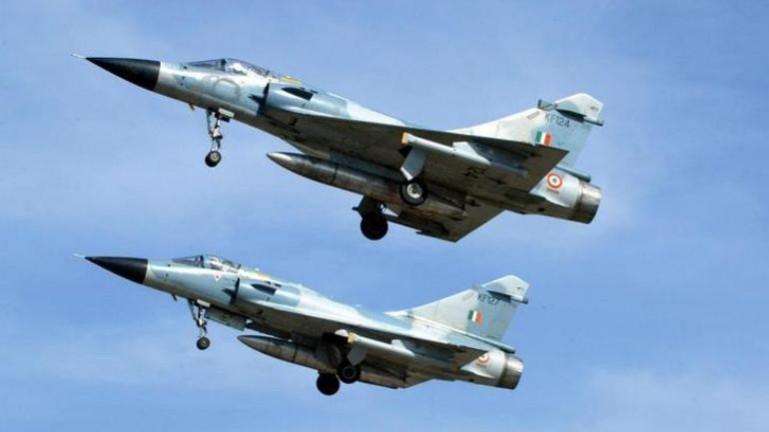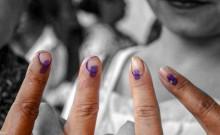
The Indian Air Force is believed to have submitted to the government proof that its Mirage-2000 strike force hit 80 percent of targets during the pre-dawn attack on terror havens in Pakistan's Balakot on February 26. The IAF dossier contains proof, hitherto unrevealed by either the government or the military, India Today TV reported, citing top sources within the military.
The report further said that the dossier contains 12 pages of high-resolution satellite images and synthetic aperture radar imagery (SAR) that show the strike at Jaish-e-Mohammad training camps were effective. The development comes amid increasing scepticism in international media about the accuracy of the Indian claim that multiple buildings at the Jaba top mountain ridge were taken down in the pre-emptive attack almost two weeks after the Pulwama terror strike.

The information in the dossier was collected from an intelligence aircraft platform flying in Indian airspace. the India Today TV reported, citing top military sources. The news on the existence of the IAF dossier broke after international news agency Reuters published a damaging report on Wednesday that said satellite images of the Balakot seminary complex it reviewed reviled that the Indian bomb attack may not have hit the targets effectively. The news agency published images produced by Planet Labs Inc, a San Francisco-based private satellite operator, to show that the buildings at the madrasa complex were still standing days after the Indian air attack.
"The image is virtually unchanged from an April 2018 satellite photo of the facility. There are no discernible holes in the roofs of buildings, no signs of scorching, blown-out walls, displaced trees around the madrasa or other signs of an aerial attack," the Reuters report said.
Rising chorus
The Narendra Modi government has so far steadfastly refused to budge to the rising chorus of demand to publish documentary evidence of the IAF air strike. The government sources had claimed in the immediate aftermath of the attack that close to 300 terrorists at the JeM centre were eliminated in the attack. The India Air Force said days later it wasn't its duty to count the dead but buttressed the point that targets deep inside Pakistan were indeed hit.
The IAF used Mirage-2000 fighter planes for the raid as these were capable of dropping high precision Spice 2000 bombs. The Israeli-made bombs are 'penetration warheads' that have strategic value in carrying out an operation of this nature, military experts had explained. The Spice-2000 bombs are designed to pierce through the roofs of the targeted buildings and explode inside, inflicting maximum damage to the intended targets. These are not bombs that cause widespread destruction on the premises but are ideal for missions to decapitate enemies, it was explained.
World media reportage
While major world media outlets like Al Jazeera, Reuters and the New York Times published stories that undermined Indian claims of damage to the seminary run by dreaded terrorist Masood Azhar, many in India pointed out that these media outlets were never allowed to visit the Jaish terror training facility at the Jaba top ridge. Reacting to the Reuters report that satellite images showed the Indian claim was unsubstantiated, many on social media sites said the images were procured on March 4, some six days after the attack. The time lag raised questions if Pakistani authorities had got the time it needed to erase traces of the impact of the Indian strike.

















